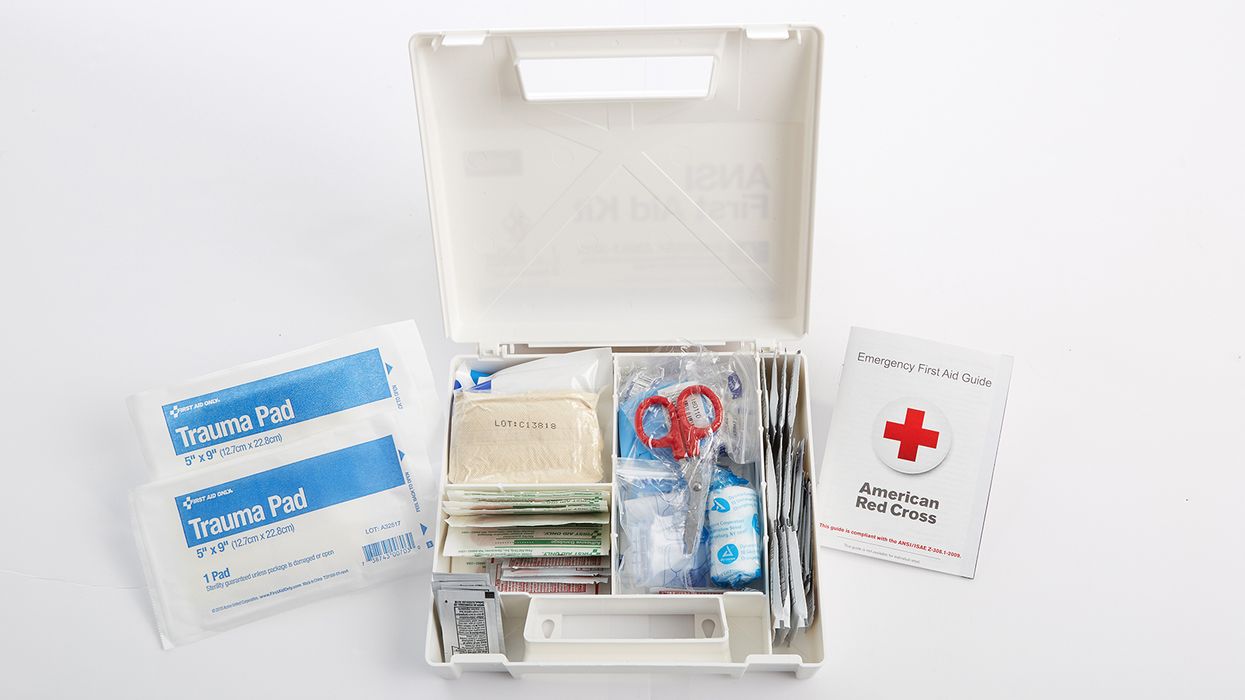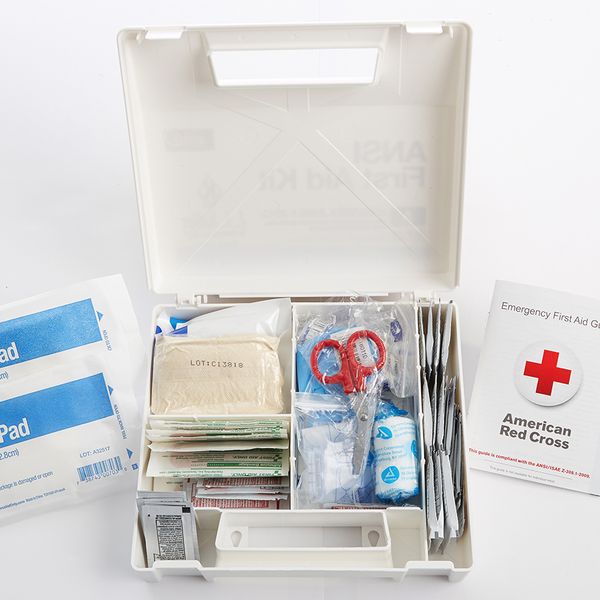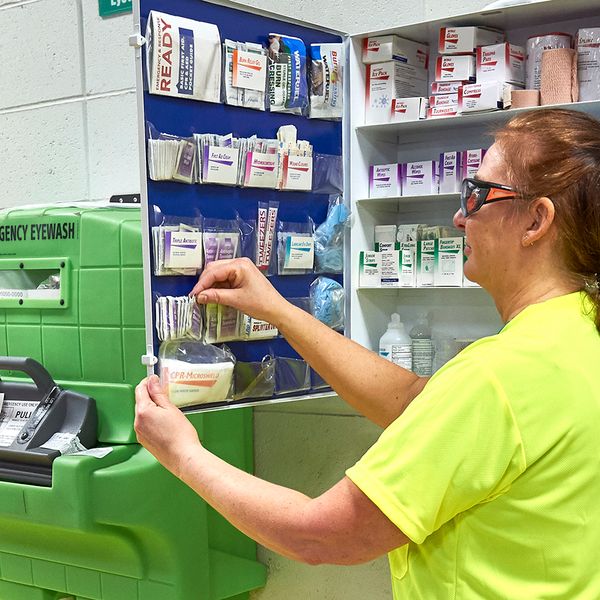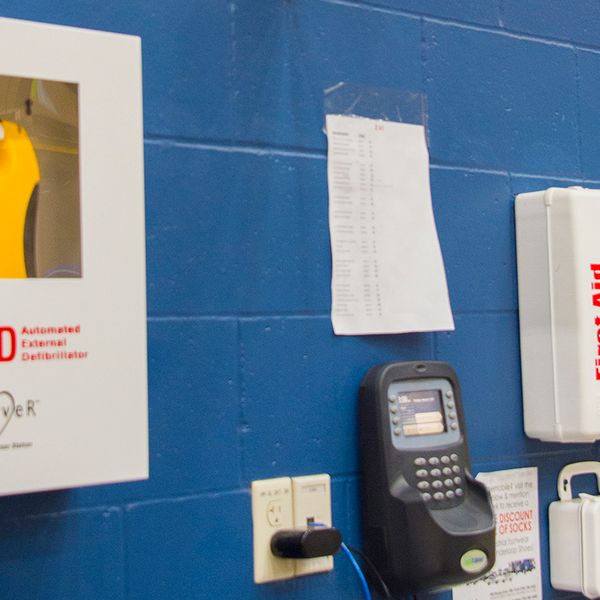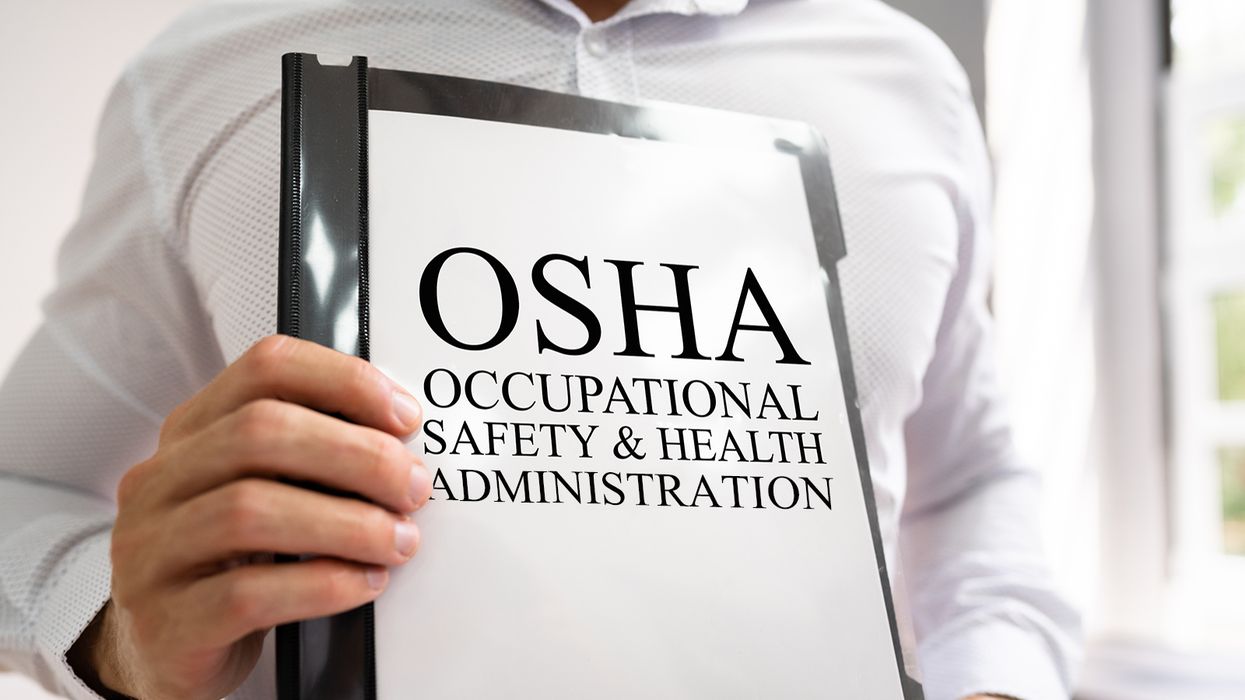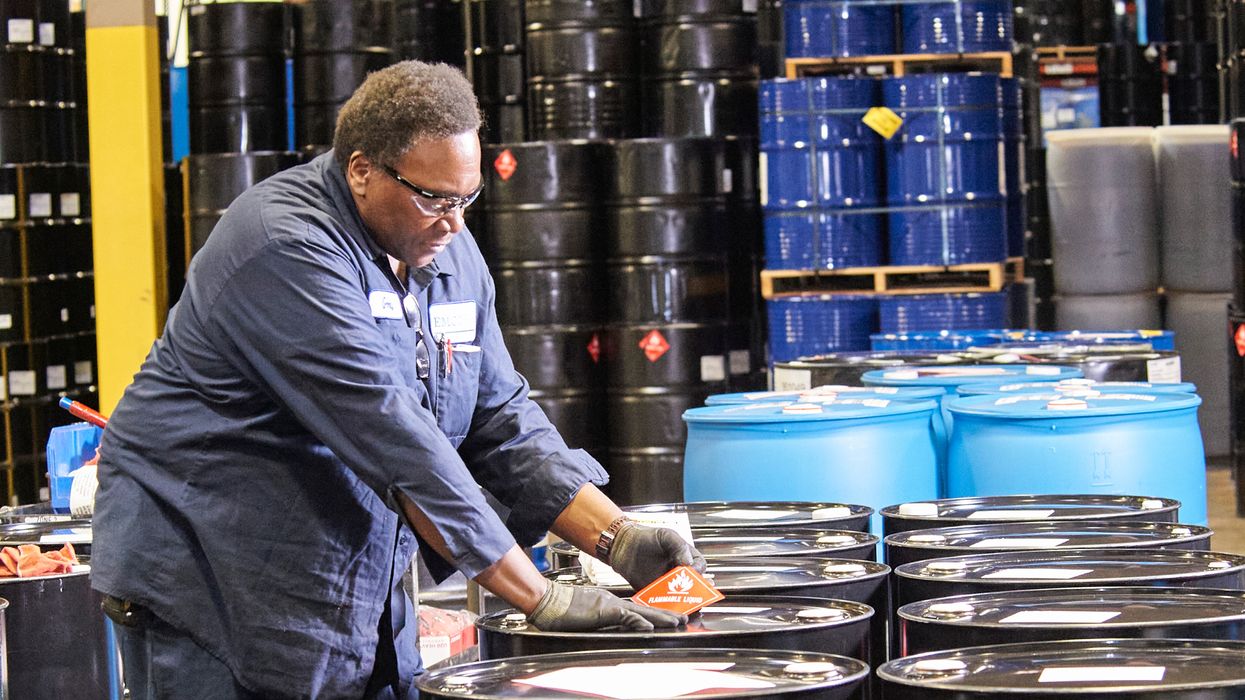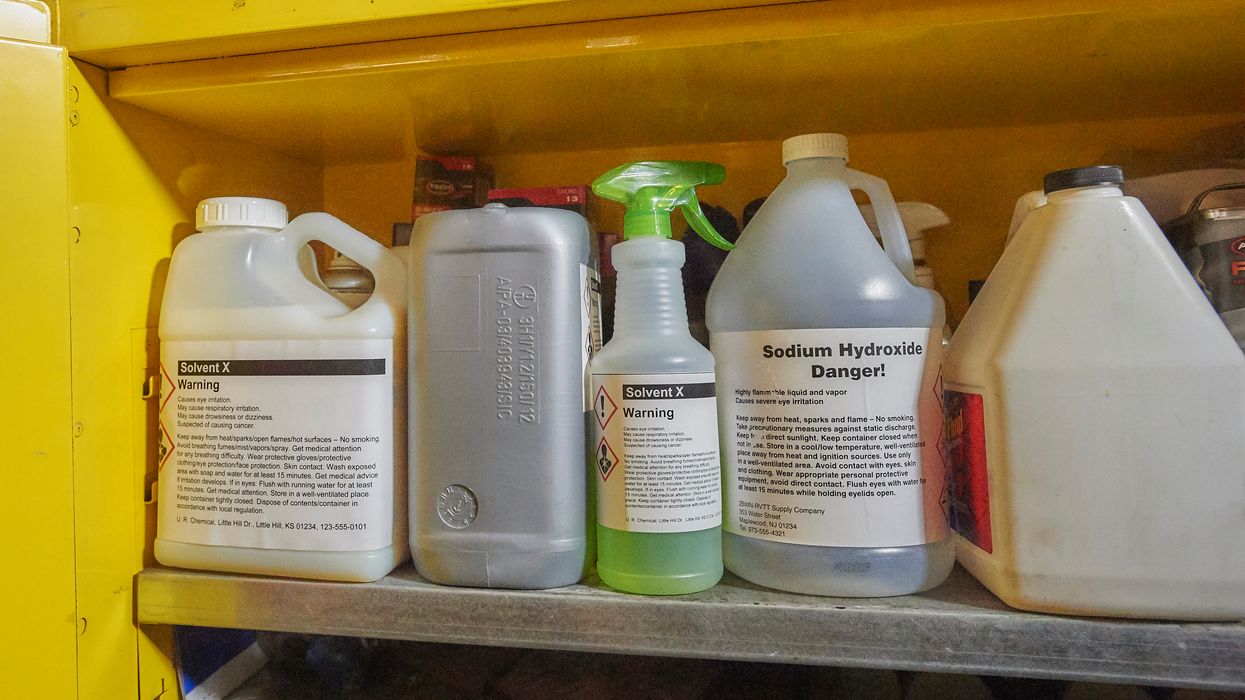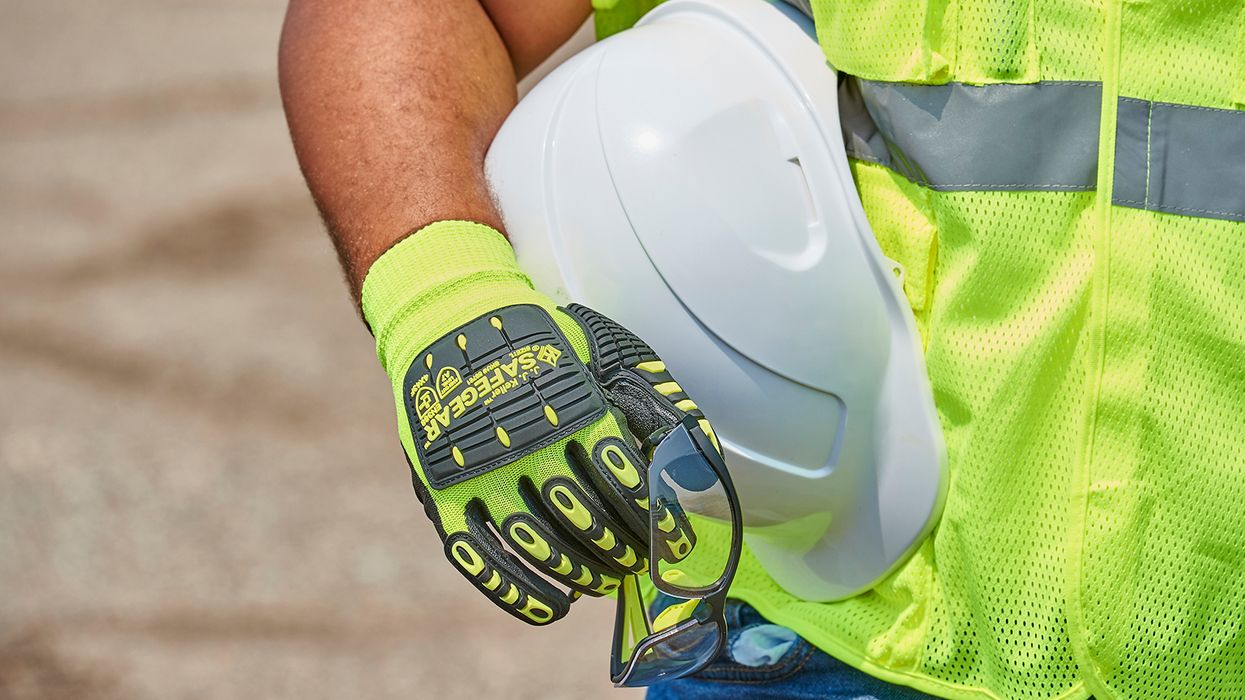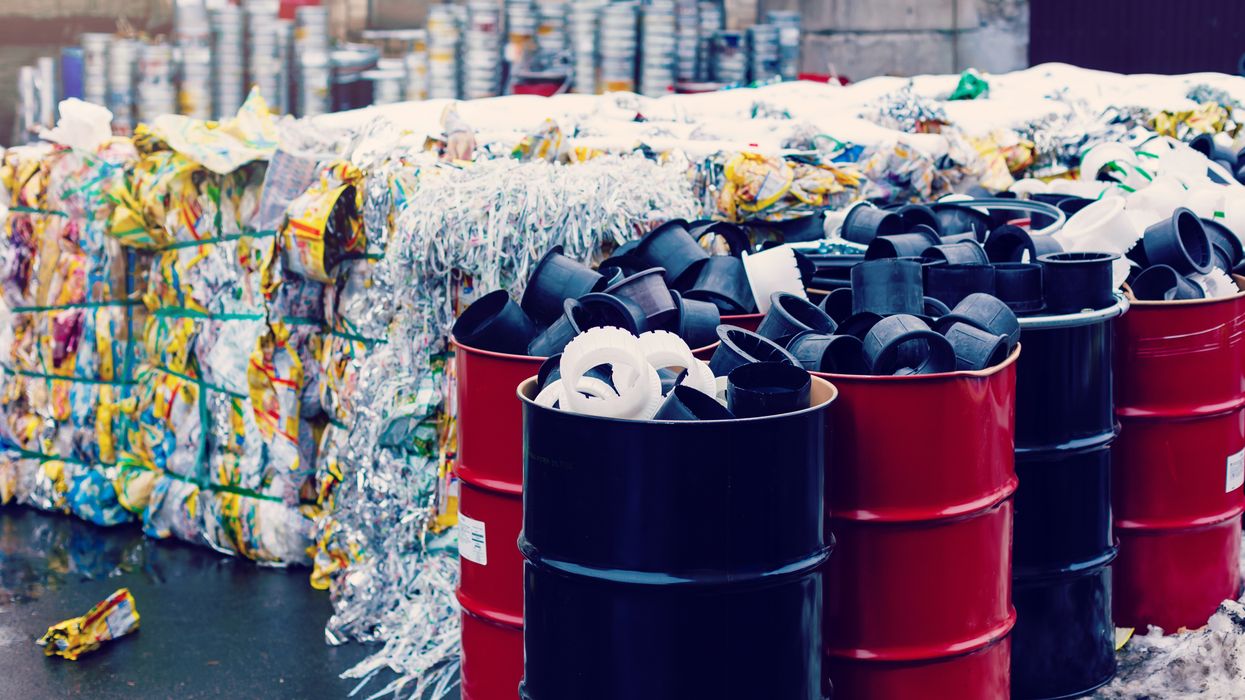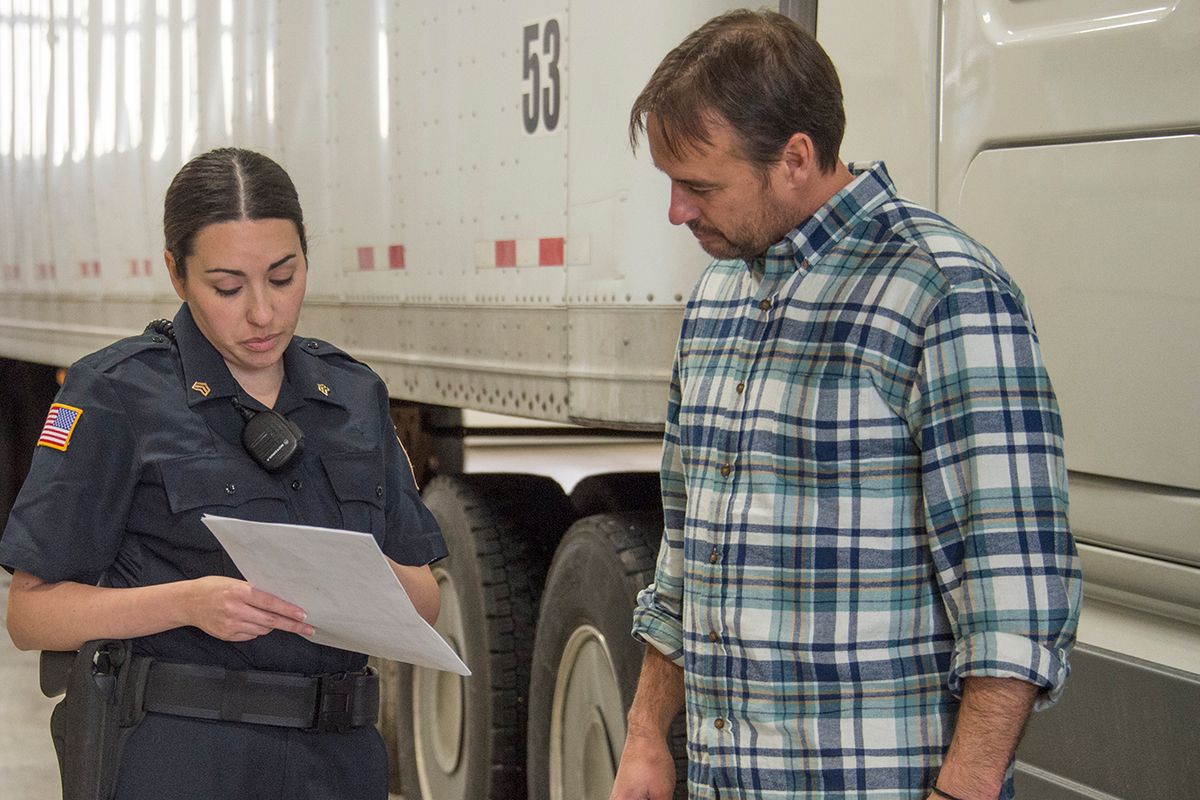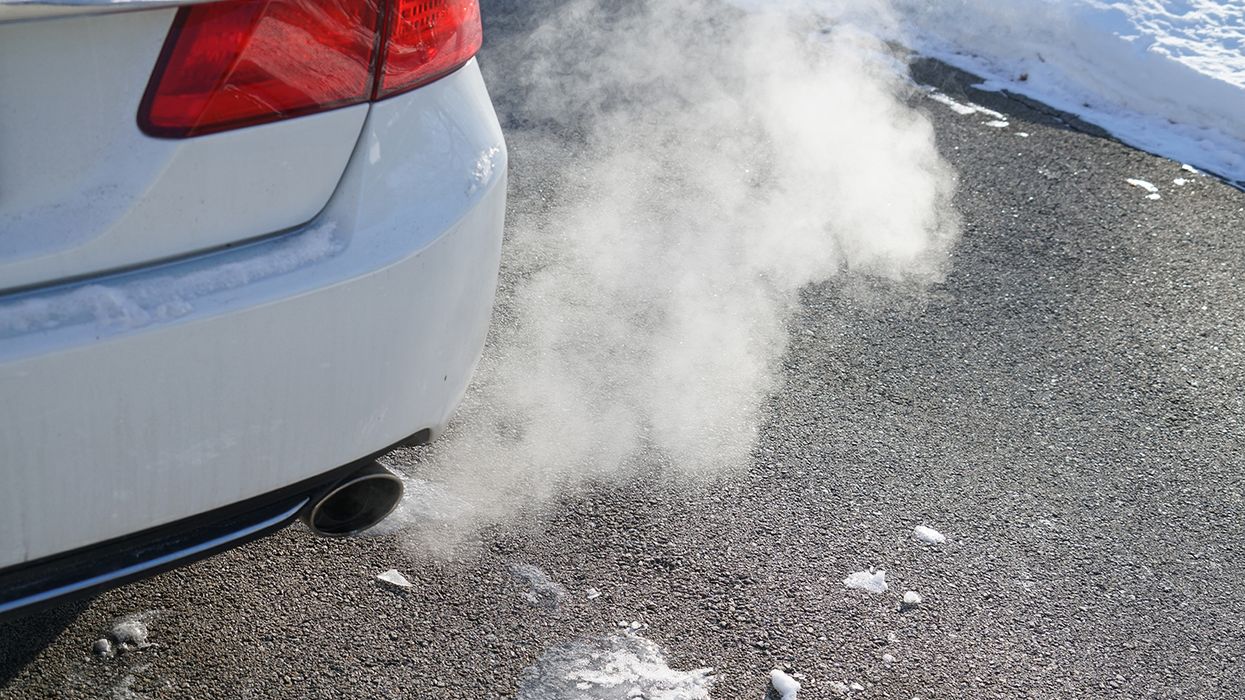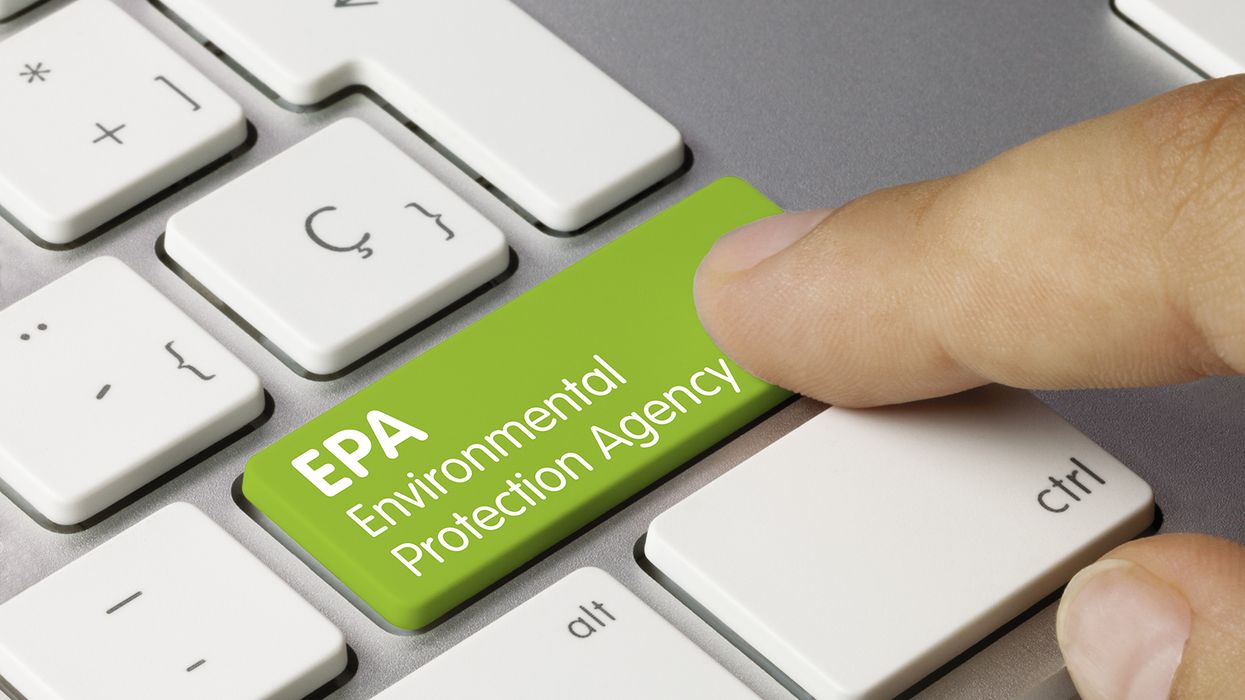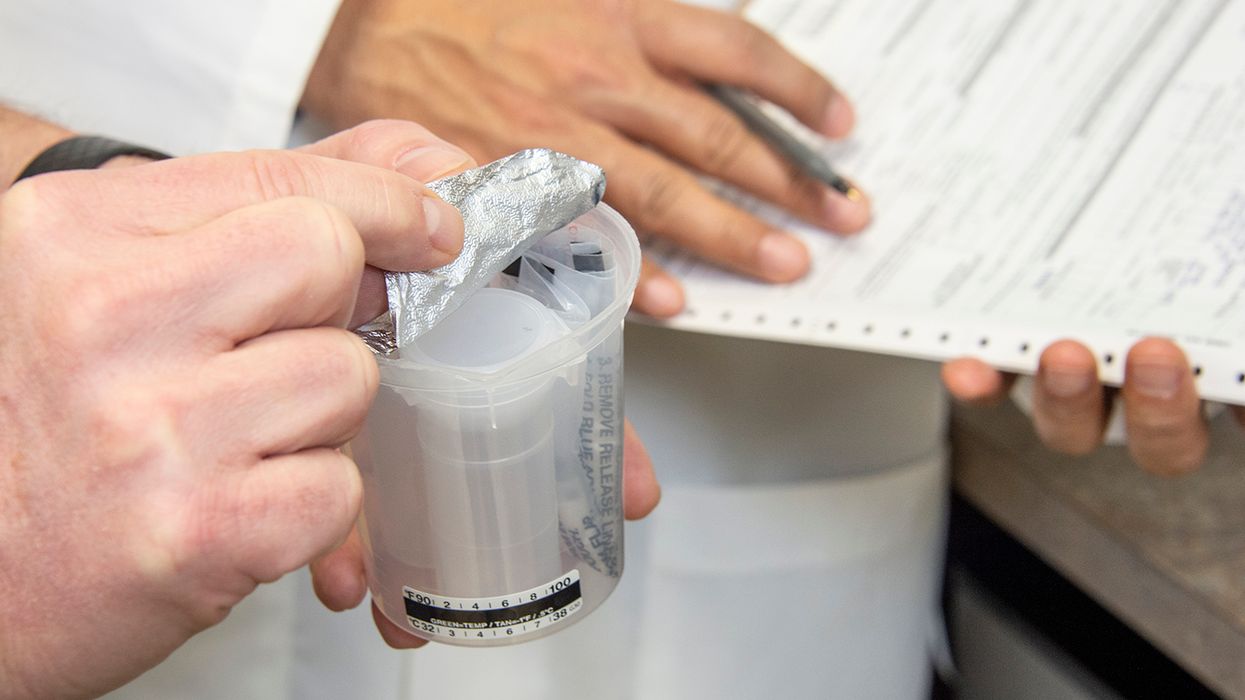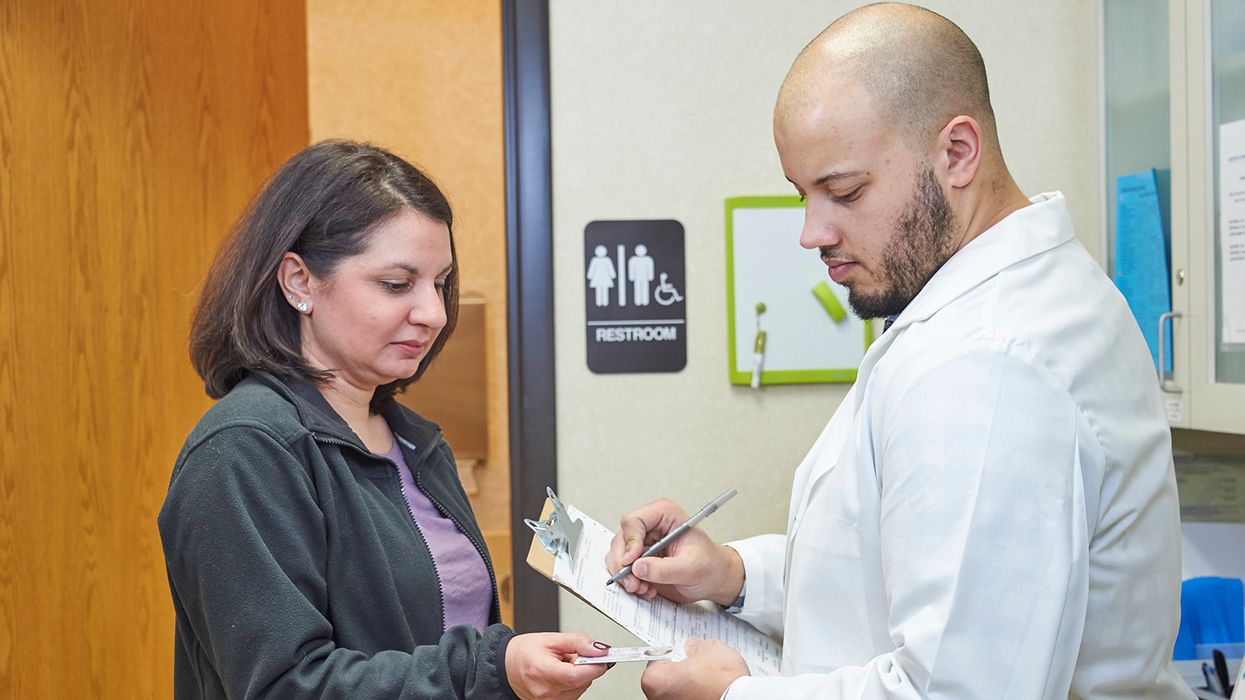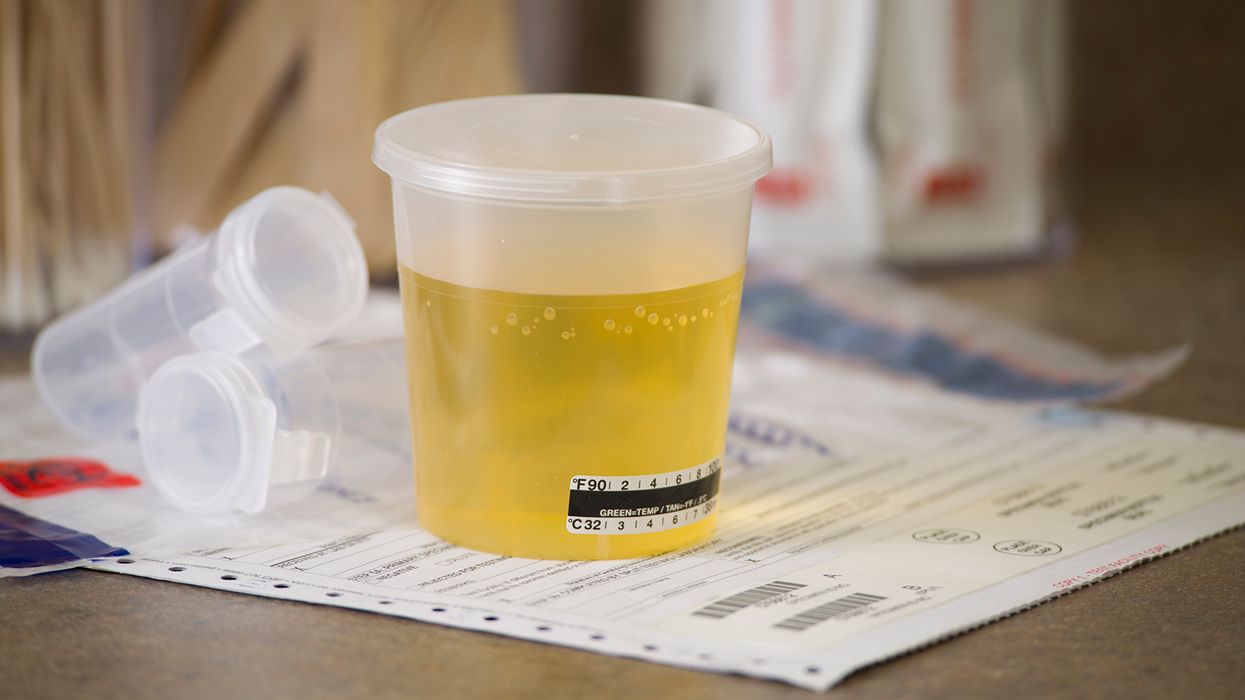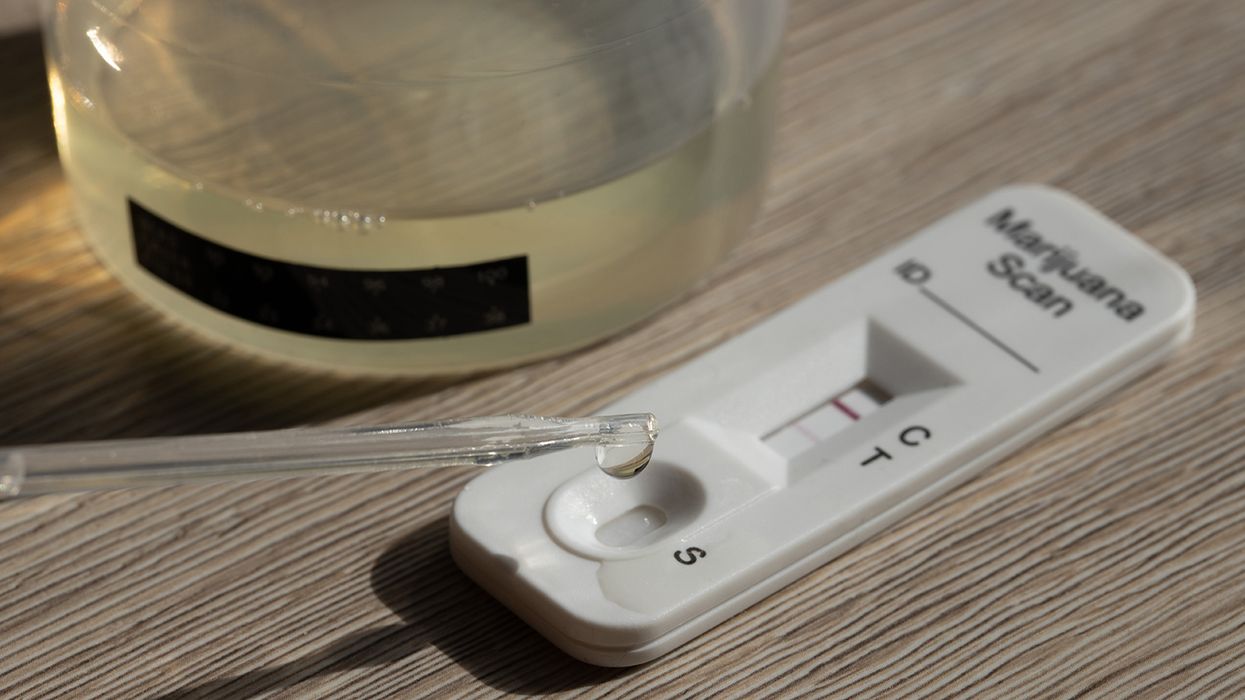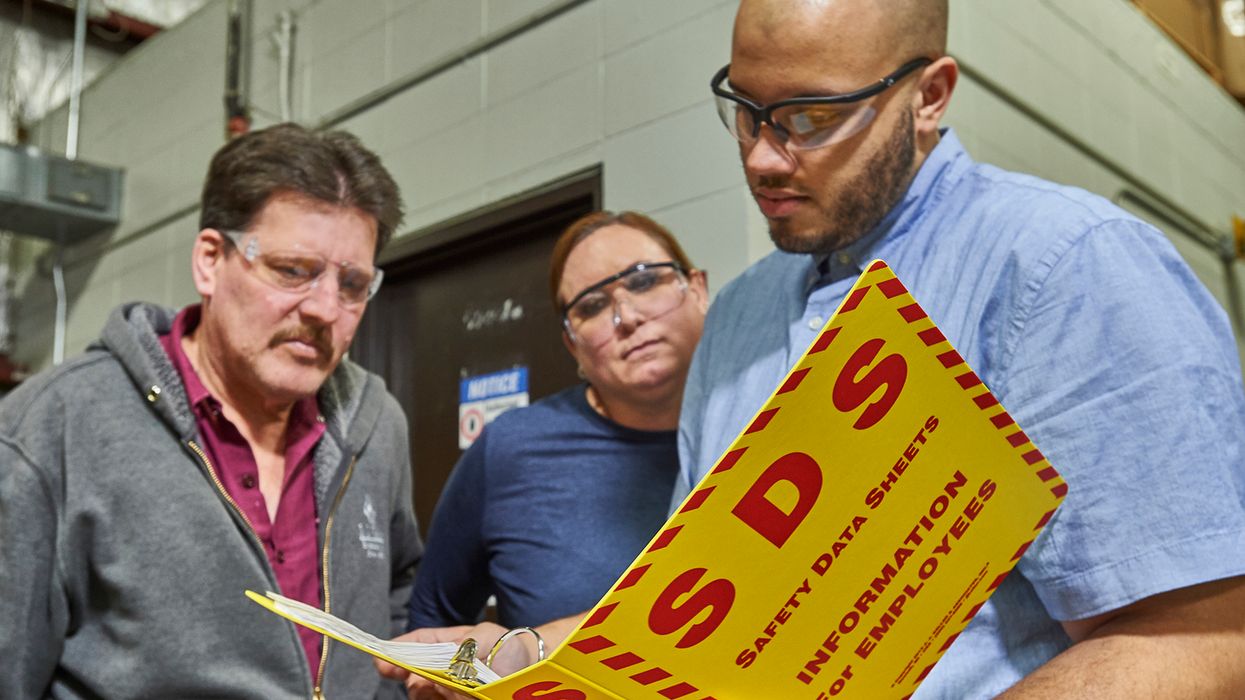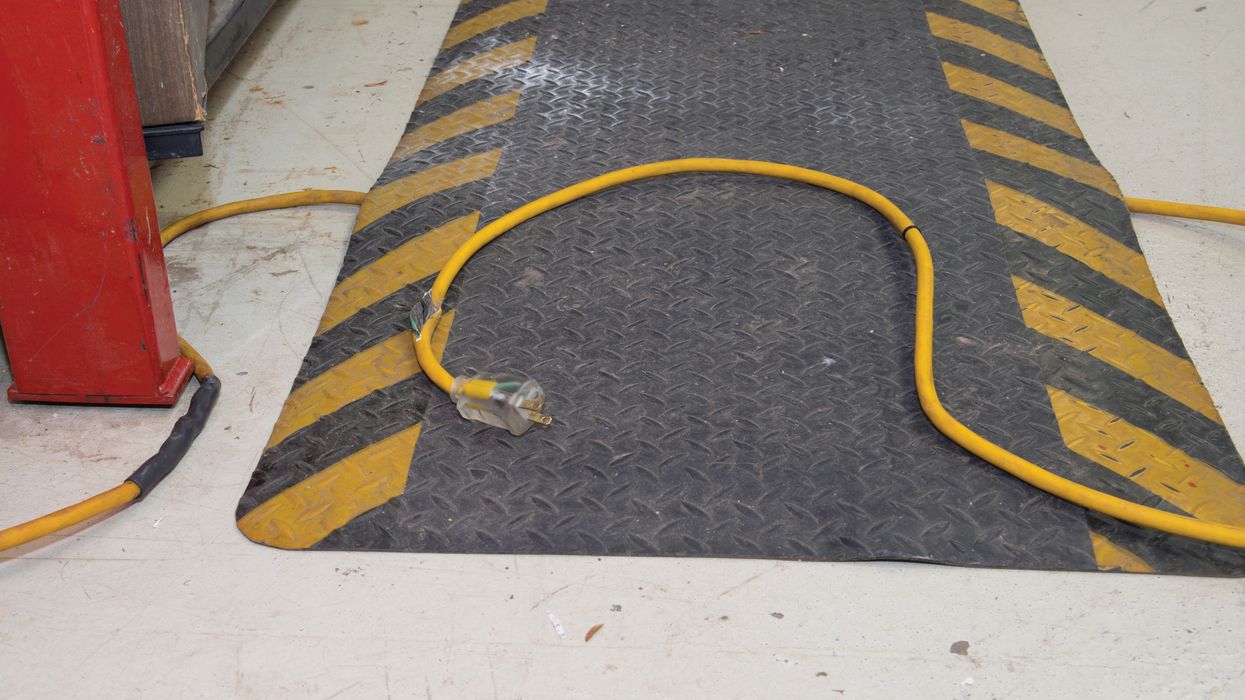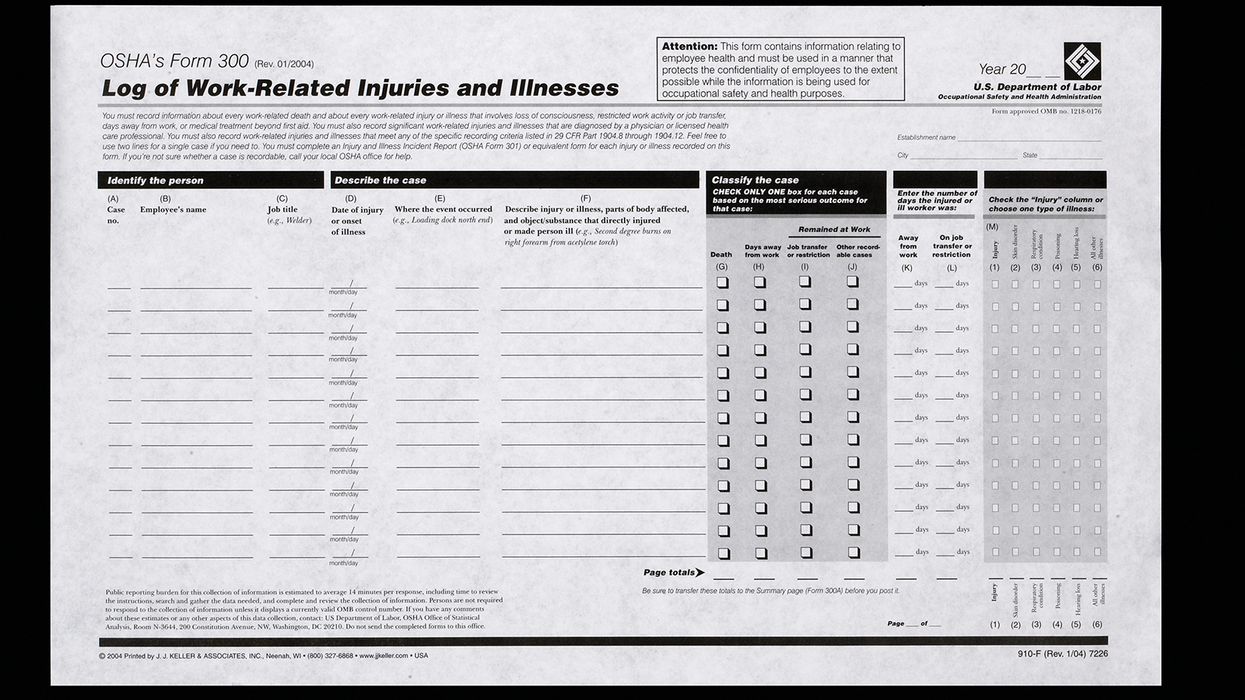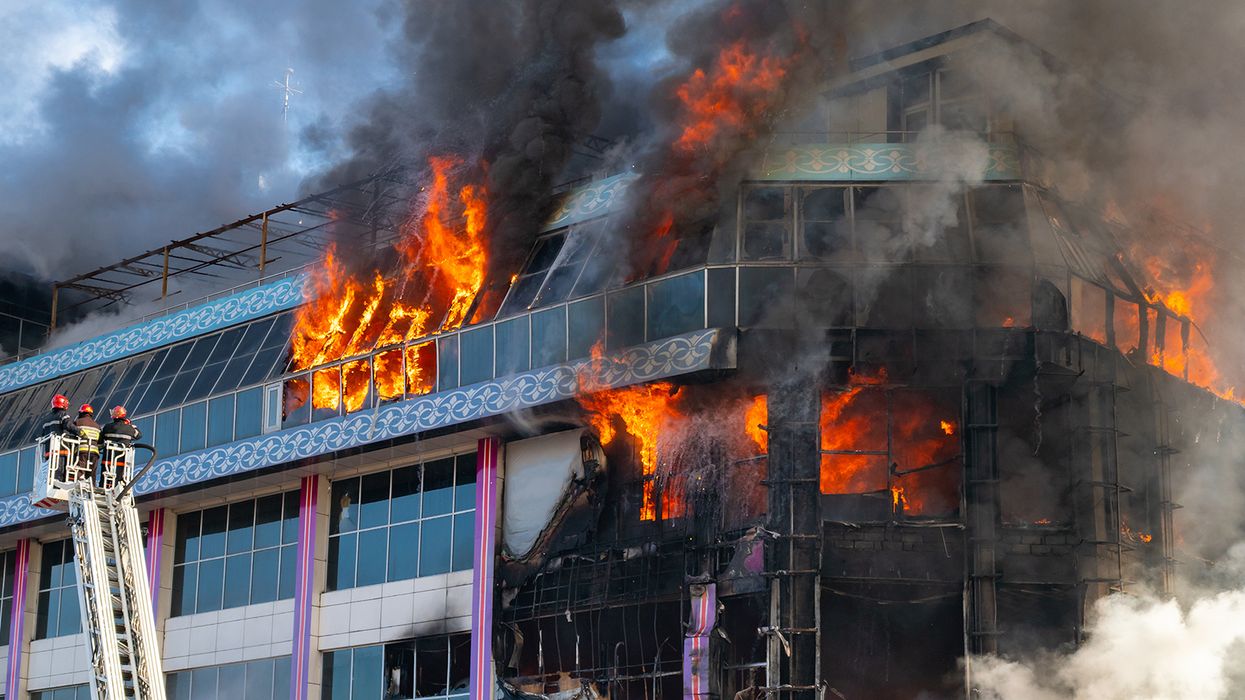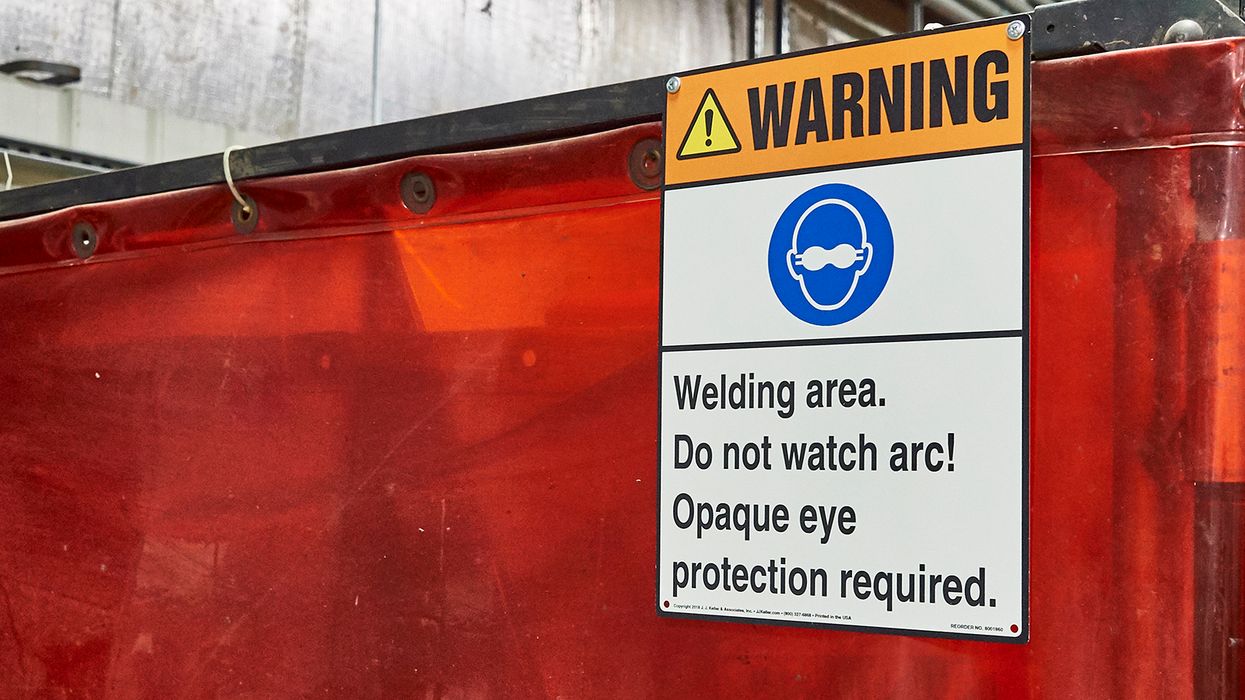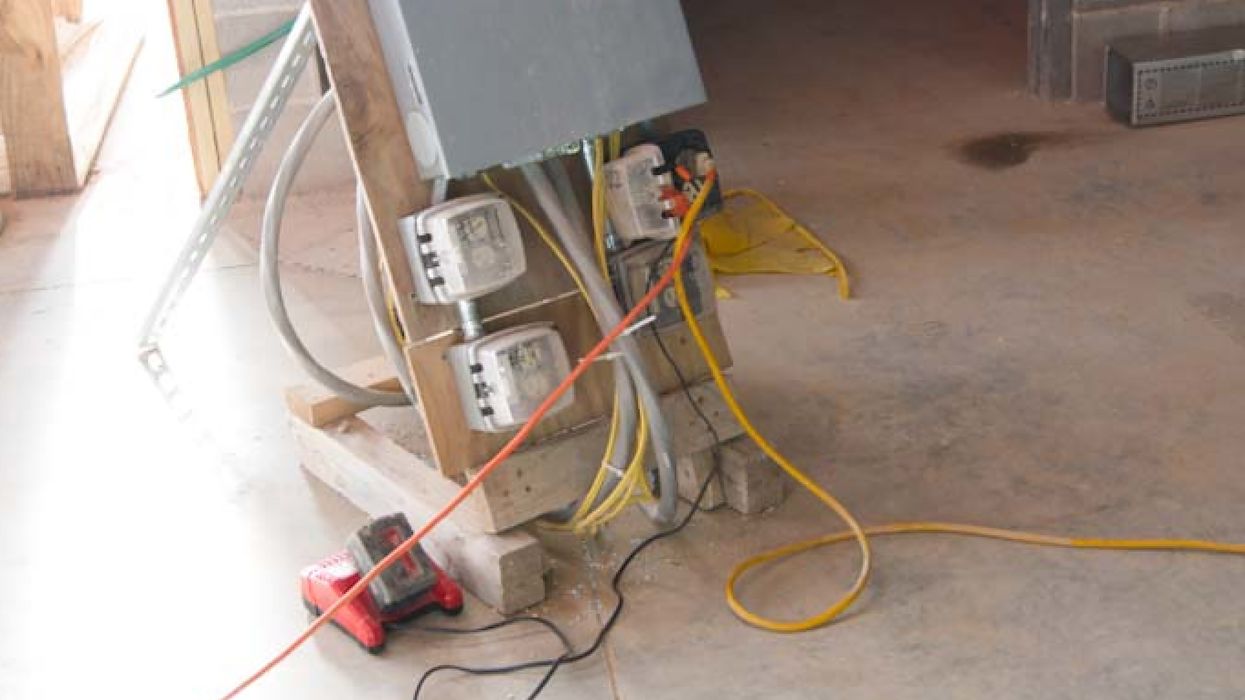What’s actually required in my first aid kit?
Try as we might to have a safe workplace, accidents do happen. That’s why employers are required to provide medical and first aid personnel and supplies appropriate to address hazards of the workplace, especially in the absence of a nearby clinic or hospital. First aid supplies are required to be readily available under 29 CFR 1910.151(b). Appendix A to 1910.151 provides employers with non-mandatory guidance. It references using American National Standards Institute (ANSI) Z308.1-1998 Minimum requirements for workplace first aid kits as an example for determining what supplies you could place in your first aid kit. Supplies should reflect the work environment and take into consideration the anticipated number of users, complexity of the work environment, and the level and type of hazards present.
To ensure the completeness and usable condition of all supplies, first aid kits should be inspected and maintained on a regular basis. Kits need to remain adequately stocked, in sanitary condition, and have contents that have not exceeded expiration dates. First aid kits must be permanently and legibly labeled, and kit locations clearly marked throughout the workplace. First aid kits should be periodically reviewed (and at least annually) to ensure supplies meet the needs of the workplace and the hazards that are present.
What is considered first aid?
First aid is considered medical attention provided immediately following an injury. First aid often consists of treatment for minor cuts or scratches, minor burns, draining blisters, removing debris from the eye, use of hot or cold therapy, or the use of non-prescription medicine. These types of minor injuries don’t need to be recorded or reported to OSHA. However, providing the appropriate supplies to treat first aid injuries is required.
What must be in a first aid kit?
To most appropriately stock first aid supplies, employers must regularly assess facilities and have a keen understanding of injury risks faced by employees. Contents of first aid kits are dependent upon the hazards or potential injuries that may take place at work. As mentioned above, ANSI Z308.1-1998 Minimum Requirements for Workplace First Aid Kits provides employers an example of what can be placed in a generic first aid kit. According to ANSI, a Class A kit should be sufficient for small worksites. A Class B kit is suggested when larger operations or multiple operations are being conducted at the same location. Employers should assess the need for additional first aid kits, as well as additional types and quantities of supplies and equipment in their first aid kits when determining if a Class B kit is appropriate for your workplace.
The following supplies are, at a minimum, recommended in ANSI Z308.1-1998 for Class A first aid kits:
- 16 adhesive bandages (1 x 3 in.)
- 1 adhesive tape roll (2.5 yd.)
- 10 antibiotic applications (1/57 oz.)
- 10 antiseptics (1/57 oz.)
- 1 breathing barrier
- 1 burn dressing (gel soaked 4 x 4 in.)
- 10 burn treatments (1/32 oz.)
- 1 cold pack (4 x 5 in.)
- 2 eye coverings (2.9 sq. in. with means of attachment)
- 1 fluid ounce of eye/skin wash
- 6 hand sanitizers (1/32 oz.)
- 2 pair medical exam gloves
- 1 roller bandage (2 in. x 4 yd.)
- 2 sterile pads (3 x 3 in.)
- 2 trauma pads (5 x 9 in.)
- 1 triangular bandage (40 x 40 x 56 in.)
- 1 pair scissors
- 1 first aid guide
Class B first aid kits are intended for a broader range and quantity of supplies to deal with more populated, complex, or high-risk work environments. It’s important to note that ANSI updated its Z308.1 in 2021, effective October 15, 2022. OSHA hasn’t adopted ANSI/ISEA Z308.1 and Appendix A to 1910.151 references the 1998 version of the standard. More recent version, including the 2021 update aren’t mentioned. Updates to ANSI/ISEA Z308.1 included:
- Making foil blankets mandatory. This measure was enacted after assessing similar international standards and recognizing the thermal blankets can be used for multiple first aid emergencies.
- Increasing the quantity of hand sanitizer. This is to assist with protection from infectious diseases, as highlighted by the COVID pandemic.
- Changing the tourniquet type to ensure they meet first aid needs. The equipment intended to prevent blood loss should be at least 1.5 inches wide and be effective for limb sizes 7-33 inches around.
- Providing further guidance on bleeding control kits. This is intended to give more advanced first aid information and supplies to treat life-threatening external bleeding.
IMPORTANT: The updated ANSI standard has not been adopted by OSHA; therefore, it’s not mandatory for OSHA compliance. OSHA currently references ANSI Z308.1-1998 in Appendix A. OSHA may, however, reference the most current consensus standard as a source of guidance to ensure employers meet the standard’s requirements or their duty under the General Duty Clause. Looking at OSHA’s Unified Agenda for Fall 2022, OSHA doesn’t plan on taking any regulatory action in adopting the newly updated ANSI Z308.1 standard, nor does it plan to update the version referenced in Appendix A to 1910.151.
Do certain medicines have to be supplied in a first aid kit?
You may have noticed in the list above that there are no over-the-counter or other medicines listed as minimum supplies in a first aid kit. Neither OSHA nor ANSI require, or even recommend, supplying medication for workers. However, employers are permitted to offer over-the-counter medicines at their discretion, provided it’s packed in single-does, tamper-evident packaging and is labeled as required by the Food and Drug Administration (FDA).
Employers should weigh the risks of providing over-the-counter medicines, such as for colds or allergies, with the benefit of keeping workers healthy and comfortable while at work. Offering these medications in first aid kits could potentially create liability if unknown health histories or unknown side effects create additional hazards. Over-the-counter medicines should never contain ingredients known or anticipated to cause drowsiness.
Key to remember
Stock first aid kits with supplies that deal with the most common types of injuries or sudden illnesses encountered in a specific work environment. OSHA and ANSI allow employers to offer over-the-counter medicines at their discretion, provided it’s packed in single-does, tamper-evident packaging and is labeled as required by the FDA.

